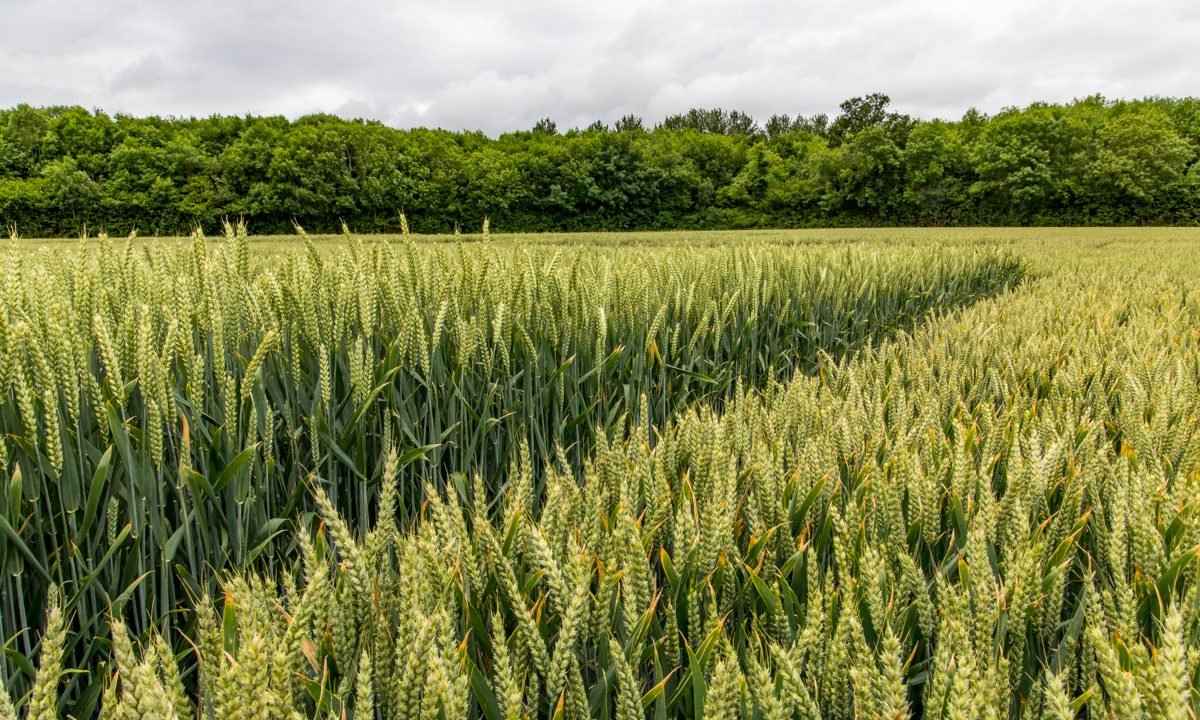Crops 2030, which is a strategic plan compiled to deliver environmental and economic sustainability for the Irish tillage sector, was released today (Thursday, August 27).
The report was developed by the Teagasc Tillage Stakeholder Consultative Group.
The chairperson of the group, Donal Fitzgerald, said: “The tillage sector in Ireland is one with tremendous potential for future growth, especially when you consider the fast evolving environmental and sustainability targets that are being imposed on farmers and the food industry going forward.
“In addition, changing dietary habits and increasing consumer awareness of food provenance can create opportunities for greater diversification in our supply chains, whether they be in primary feed ingredients for our livestock sector or raw materials for the food and drinks industry.
This report aims to give some headline facts about the Irish tillage sector, along with some realistic targets and ambitions that could be met over the next 10 years.
“We are confident the key policymakers, industry representatives, supply industry, research and farmer groups will use this document as a primary point of reference in making policy decisions over the coming years.
“Our ultimate aim is to promote a more vibrant, profitable and sustainable tillage sector for all stakeholders with added ancillary benefits to the entire national agri-food economy as a result,” he added.
The report – which is available to view on the Teagasc website – outlines the large contribution tillage makes to the Irish economy, how it can play a key role in sustainability within the agricultural industry, new technologies and opportunities available to the sector and the challenges ahead.
- Access to land, and high costs;
- Loss of effective plant protection products;
- Climate change challenges;
- EU policy including ‘Farm to Fork’ and restrictions on plant breeding technologies;
- Weak appreciation of the importance of the sector to agriculture and food.
On a positive note, the report stated: “The environmental sustainability of the sector and its produce is strong, contributing significantly to the green credentials of Irish food production.
Cropped land area produces less GHG [greenhouse gas] emissions at 1.18t/ha of CO2 equivalent compared to dairy 8.7t/ha, beef 4.4t/ha or South American maize which emits 27t/ha.
“Ireland’s crop production is efficient in nutrient use achieving nitrogen use efficiencies of more than 60% compared to 25% for grass production.
“The nutrient and soil carbon status of Irish tillage soils makes them ideal sinks for organic matter, providing potential solutions for intensive livestock enterprises and other organic nutrient sources. However, the beneficial transfer of nutrients and organic material needs enabling actions.”
Among the opportunities outlined for the sector was its contribution to the drinks industry.
“Barley is the key ingredient for the Irish drinks industry which exported €1.4 billion worth of produce in 2018.
There is scope to grow this further based on the provenance and potentially, the terroir, of our native grain.
“The multiple producers who continue to enter this market would benefit from the support of an innovation hub, which would help develop product based on traceable, native sustainable feed stock, and provide a focus for the marketing of a suite of Irish-produced drink products.”
